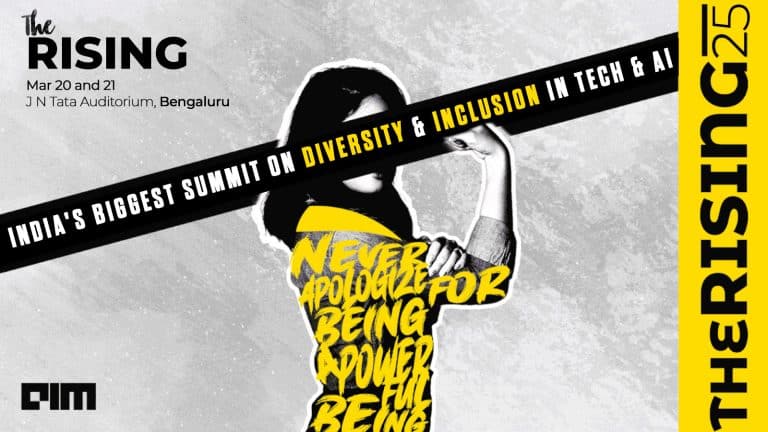Researchers from MIT, Stanford University, Columbia University, and Cornell University have developed a new framework called PhysDreamer. This system allows static 3D objects to interact dynamically and realistically within a virtual environment, based on their physical properties like stiffness.
PhysDreamer works by using video generation models to predict how objects will respond to different physical interactions, such as being pushed or manipulated.
“By distilling these priors, PhysDreamer enables the synthesis of realistic object responses to novel interactions, such as external forces or agent manipulations,” the authors of the paper wrote.
They demonstrate their approach on various elastic objects like flowers, plants, a hat and a telephone cord.
This method is distinct because it accurately incorporates the material properties of objects into its predictions, which is a significant advancement over previous techniques that did not consider these details.
In experiments, PhysDreamer demonstrated its ability to generate realistic movements of various elastic objects. It was shown to outperform existing methods significantly, providing a more immersive and engaging experience in virtual simulations.
“PhysDreamer takes a step towards more engaging and realistic virtual experiences by enabling static 3D objects to dynamically respond to interactive stimuli in a physically plausible manner,” the authors concluded.
In comparison, OpenAI’s Sora also focuses on generating realistic video, but without explicit physics modeling. Sora is a large text-conditional diffusion model trained on both videos and images at scale.
It can generate high-fidelity videos up to a minute long with consistent 3D motion and long-range coherence. However, Sora does not aim to simulate accurate physical interactions or estimate material properties like PhysDreamer does.
Yann LeCun, VP & Chief AI Scientist at Meta, pointed out that while technologies like Sora are groundbreaking for video generation, they might not be optimal for understanding deep video representations or simulating real-world physics.
PhysDreamer opens new possibilities for applications in virtual reality, gaming, and simulations, promising more realistic and interactive user experiences.





























